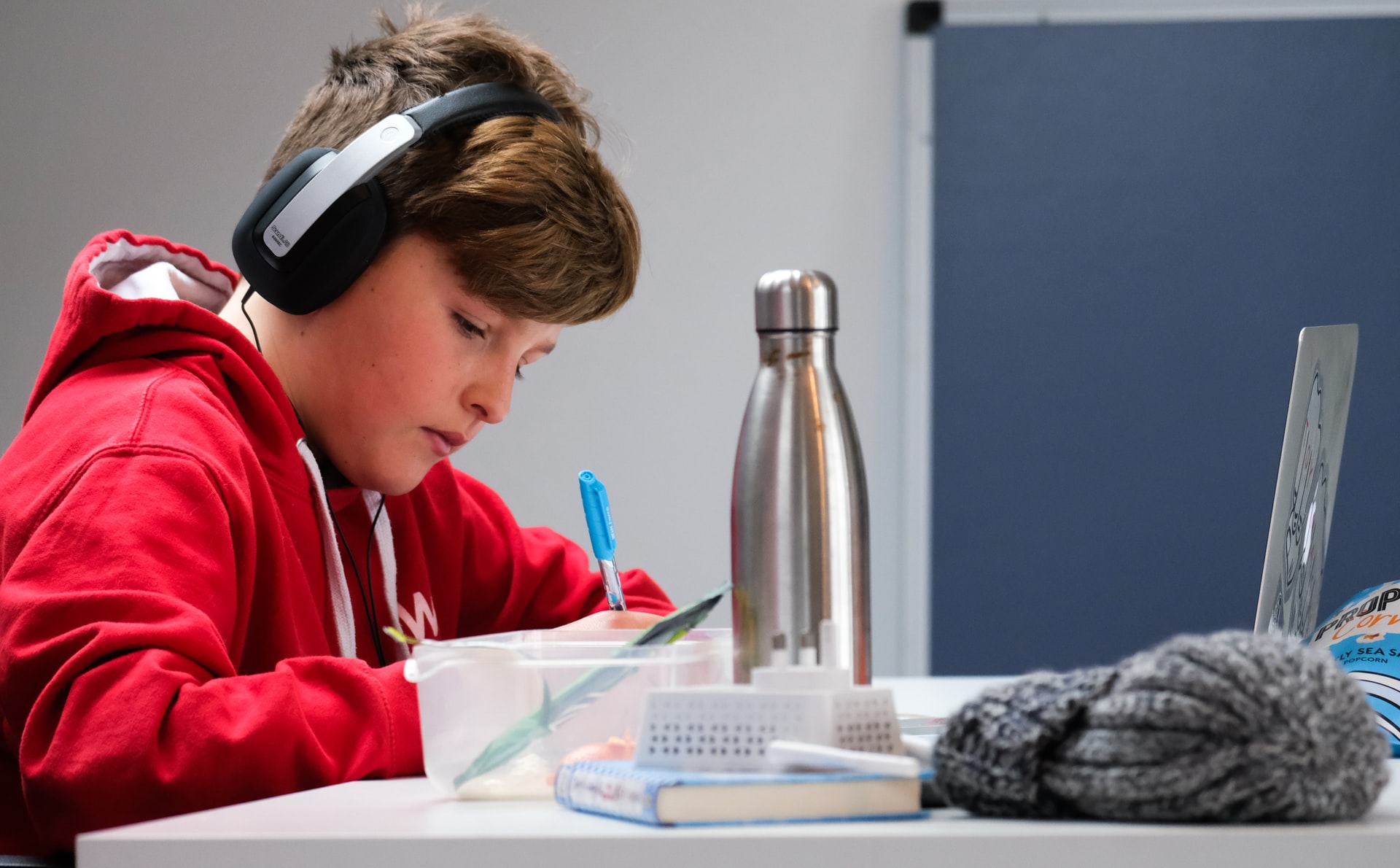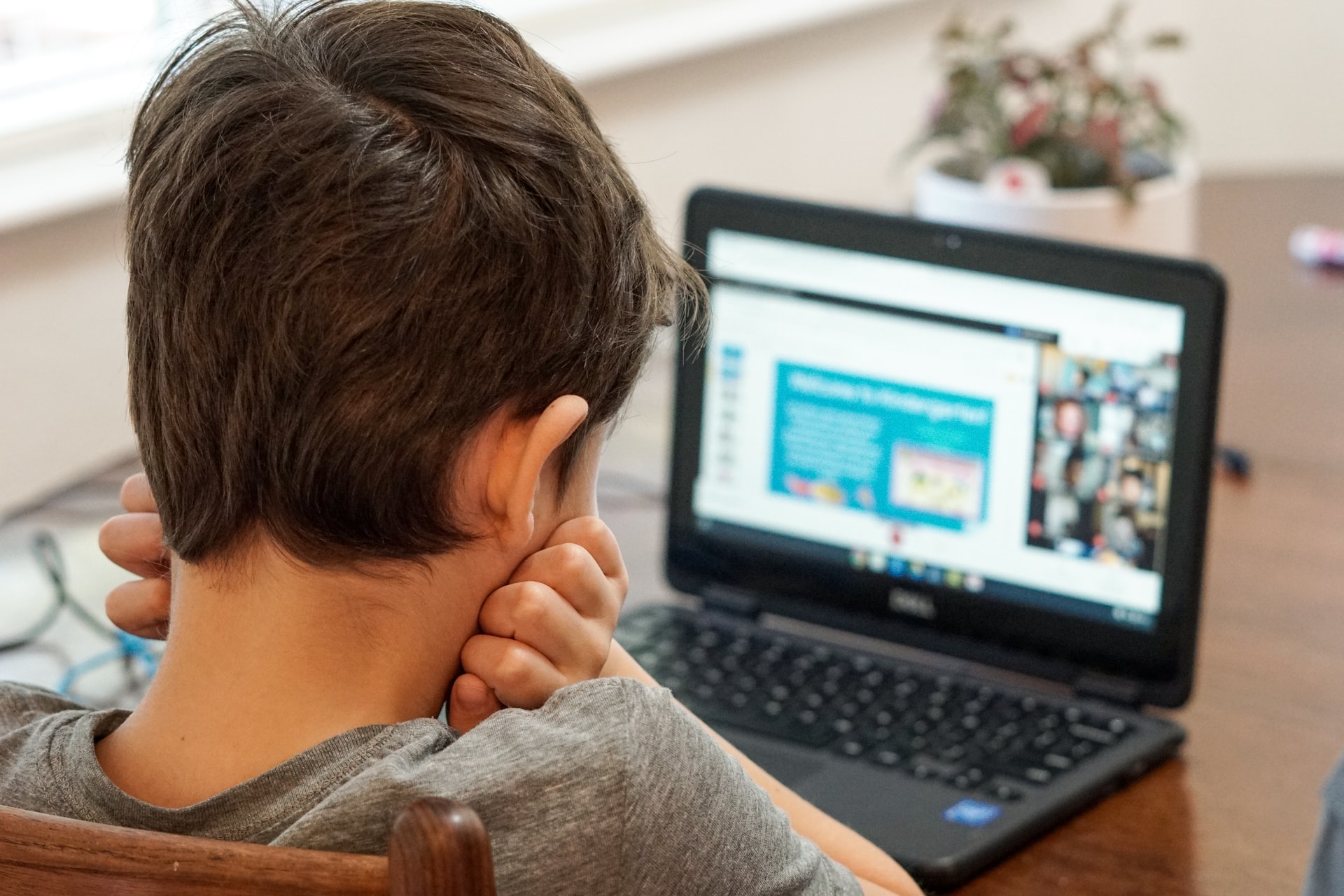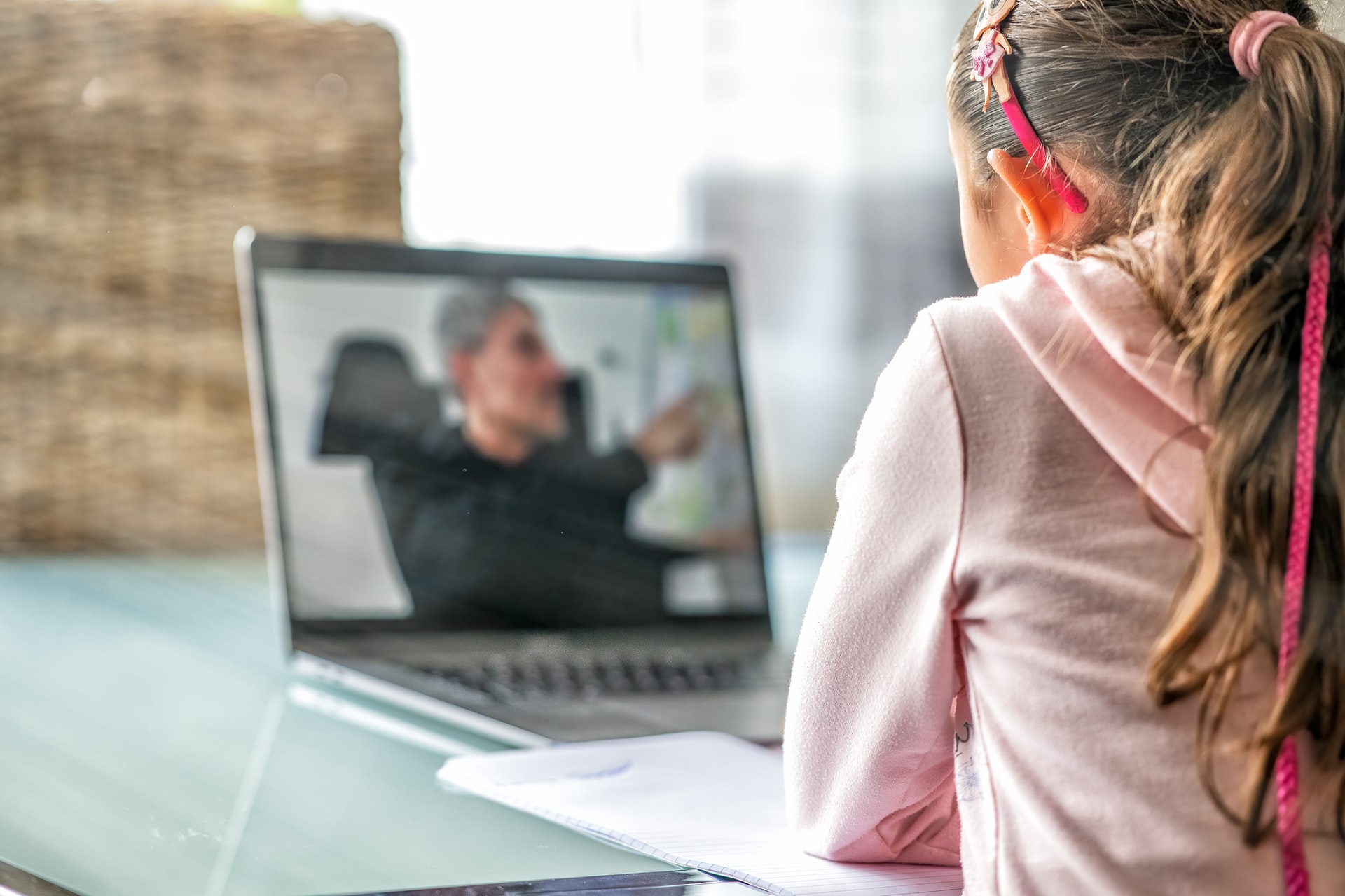Has your home lately become a part office, part school? No matter how much space you have, challenges are around every corner, and the most prominent ones are the ones tech-related.
We want to make it easy for you to navigate this learning-from-home process better. Here are some distance learning tips regarding the software and hardware you need and integrating them into your learning space.
Learning Management Systems and More
The educator/school chooses the learning platform and the virtual classroom software. Learning platforms range from simple to complex, and they can allow various integrations for virtual classrooms, video conferencing, professional editing tools, and more.
But you must make sure that your children can access them securely and have any additional software or hardware that may be required.

The best solution is to ask the school to provide you with a list of software and hardware requirements, besides speakers or a headphone set. However, don’t forget to add to that a firewall and an antivirus. Data protection is significant, and you must take measures on all devices with an internet connection.
As an educator, you will also need modern course authoring tools with quiz and simulation capabilities. Most authoring tools come with a consistent library of templates, backgrounds, and buttons, so you don’t have to worry about that aspect, only about putting them to good use by engaging your students.
Setting up the Home for Distance Learning
Besides creating a comfortable and adequate school-from-home space delimited from the rest of the living space, remote learning revolves around the vital aspect of a fast and reliable internet connection.
To learn effectively, no matter how many people in the household need to use the internet simultaneously. You might need to set your devices differently or upgrade your connection, whether it is a better plan. Or installing additional equipment that ensures a strong signal in every corner of the house.

Once you get the internet part covered, check out this list of gadgets that are useful for teachers and students alike:
- A quality webcam, preferably with a ring light. If you already have a good standard one, you can get an extra light source.
- A good microphone that ensures crystal-clear audio. Take note that expensive podcast microphones are unnecessary — you can quickly get the job with a compact mic as well.
- A collapsible green screen to keep your home environment private to other e-learning participants.
Nice-to-Have Additional Software
While learning management systems and collaboration tools are decided at a macro level, families with kids going to school remotely can also benefit from individual software deployments, such as productivity tools. The majority of these tools have a few facts in common: organizing work and keeping track of tasks in the to-do lists.
However, if you are a parent, you can always help your children stay on track by monitoring their learning and homework progress this way.

Depending on your particular situation, you may choose software with additional perks like eliminating distractions to ensure complete focus on assignments, generating flashcards for easier memorization and understanding, or time-management capabilities derived from the Pomodoro method.
Children with disabilities, be they physical or learning ones, can benefit significantly from assistive technologies. Such as those providing text-to-speech, video meeting captioning, or word prediction.
